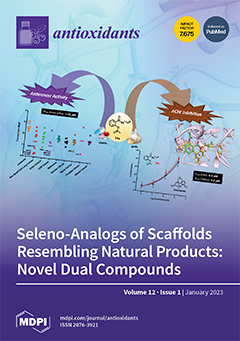Ascosphaera apis infects exclusively bee larvae and causes chalkbrood, a lethal fungal disease that results in a sharp reduction in adult bees and colony productivity. However, little is known about the effect of
A. apis infestation on the activities of antioxidant enzymes in bee larvae. Here,
A. apis spores were purified and used to inoculate Asian honey bee (
Apis cerana) larvae, followed by the detection of the host survival rate and an evaluation of the activities of four major antioxidant enzymes. At 6 days after inoculation (dpi) with
A. apis spores, obvious symptoms of chalkbrood disease similar to what occurs in
Apis mellifera larvae were observed. PCR identification verified the
A. apis infection of
A. cerana larvae. Additionally, the survival rate of larvae inoculated with
A. apis was high at 1–2 dpi, which sharply decreased to 4.16% at 4 dpi and which reached 0% at 5 dpi, whereas that of uninoculated larvae was always high at 1~8 dpi, with an average survival rate of 95.37%, indicating the negative impact of
A. apis infection on larval survival. As compared with those in the corresponding uninoculated groups, the superoxide dismutase (SOD) and catalase (CAT) activities in the 5- and 6-day-old larval guts in the
A. apis–inoculated groups were significantly decreased (
p < 0.05) and the glutathione S-transferase (GST) activity in the 4- and 5-day-old larval guts was significantly increased (
p < 0.05), which suggests that the inhibition of SOD and CAT activities and the activation of GST activity in the larval guts was caused by
A. apis infestation. In comparison with that in the corresponding uninoculated groups, the polyphenol oxidase (PPO) activity was significantly increased (
p < 0.05) in the 5-day-old larval gut but significantly reduced (
p < 0.01) in the 6-day-old larval gut, indicating that the PPO activity in the larval guts was first enhanced and then suppressed. Our findings not only unravel the response of
A. cerana larvae to
A. apis infestation from a biochemical perspective but also offer a valuable insight into the interaction between Asian honey bee larvae and
A. apis.
Full article






